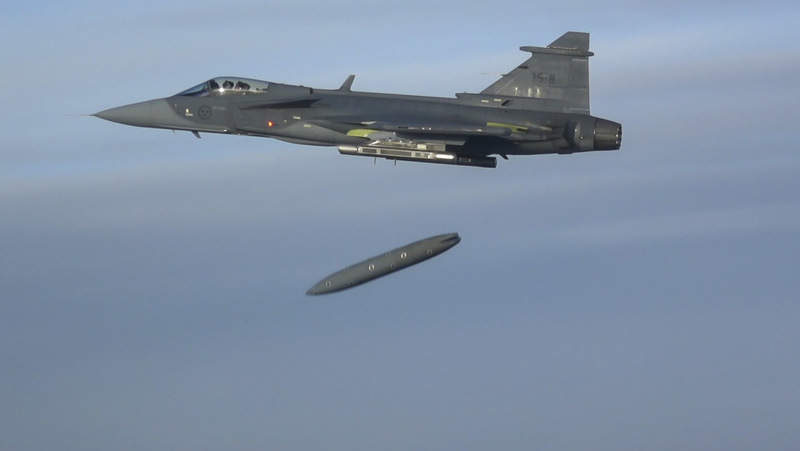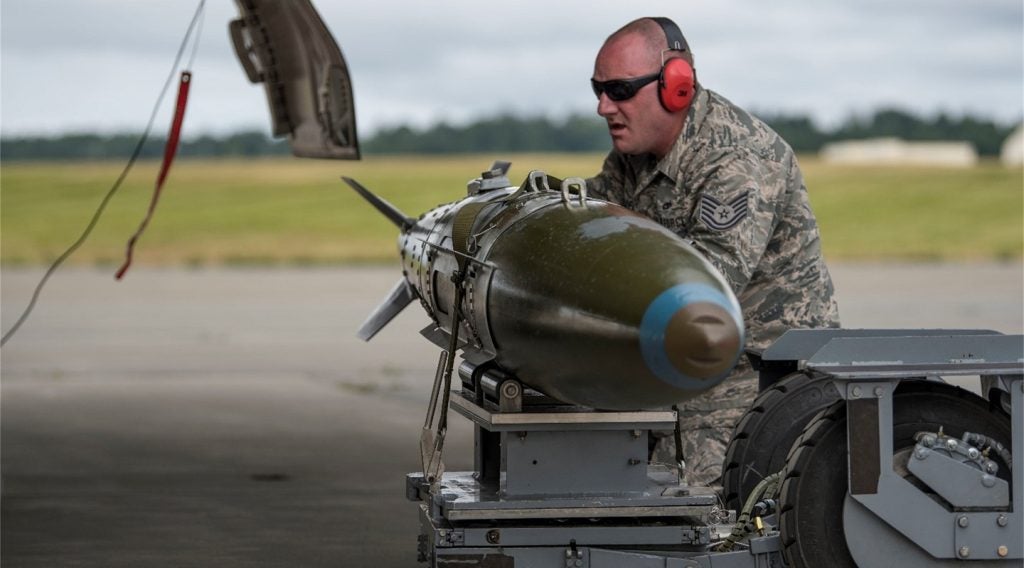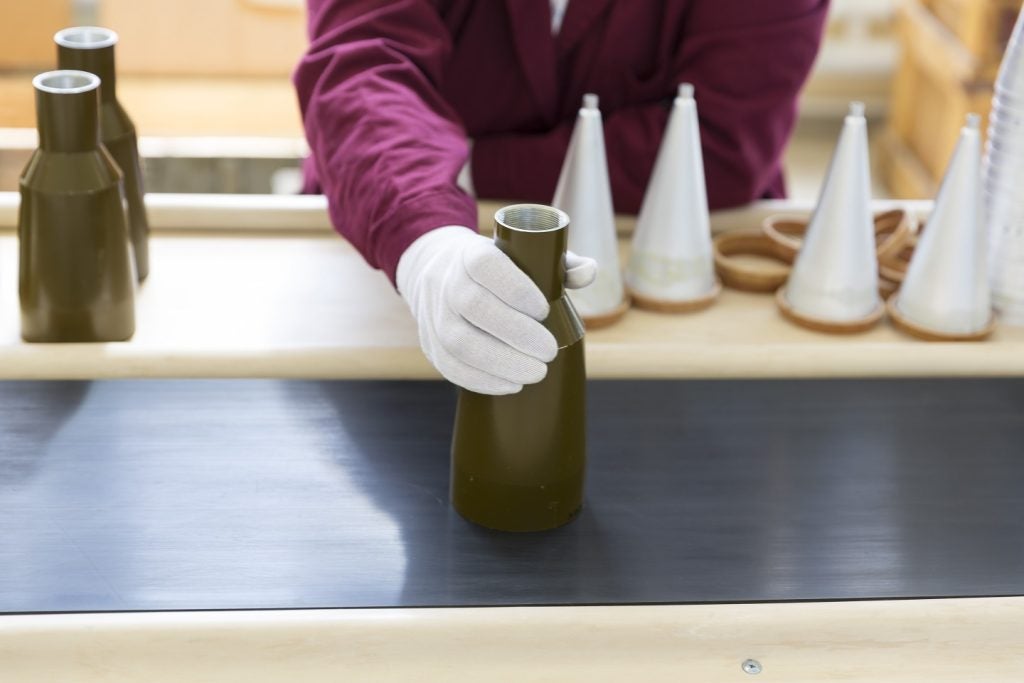
The first of the Saab-built Gripen E test aircraft has completed the maiden series of tests in order to validate its ability to release and launch external payloads.
Carried out at Vidsel Test Range in the north of Sweden, the tests comprised jettisoning one external fuel drop tank and one firing of an infra-red imaging system tail / thrust vector controlled (IRIS-T) air-to-air missile.
Designated 39-8, the first test jet performed the trials as part of the latest steps taken in the Gripen E flight test programme preceded by the carriage tests in July and forms part of the weapon integration work.
Saab experimental Gripen test pilot Marcus Wandt said: “This test was also used to evaluate the effect on the aircraft when releasing and launching the stores. The highlight was, of course, to pull the trigger and watch the missile fire away.
“It also brings us closer to making the aircraft ready for its operational use.”
The Gripen E can be equipped with weapons for all types of missions such as stand-off precision strike using guided glide bombs, heavy anti-ship and deep strike missiles, and long-range and agile air-to-air missiles such as Meteor.
How well do you really know your competitors?
Access the most comprehensive Company Profiles on the market, powered by GlobalData. Save hours of research. Gain competitive edge.

Thank you!
Your download email will arrive shortly
Not ready to buy yet? Download a free sample
We are confident about the unique quality of our Company Profiles. However, we want you to make the most beneficial decision for your business, so we offer a free sample that you can download by submitting the below form
By GlobalDataThe multi-role fighter aircraft also has the capability to carry pods and sensors for reconnaissance and special missions.
Designed as an upgraded version of the Gripen C/D multi-role aircraft, Gripen E features an overall length of 15.2m, a wingspan of 8.6m and maximum take-off weight of 16,500kg.
The single-seat combat jet has a maximum speed of Mach 2 at high altitude and 1,400km/h at low altitude.
The Gripen E programme has been designed to deliver the jets to Swedish and Brazilian customers, said Saab Aeronautics senior vice-president and head Jonas Hjelm.







